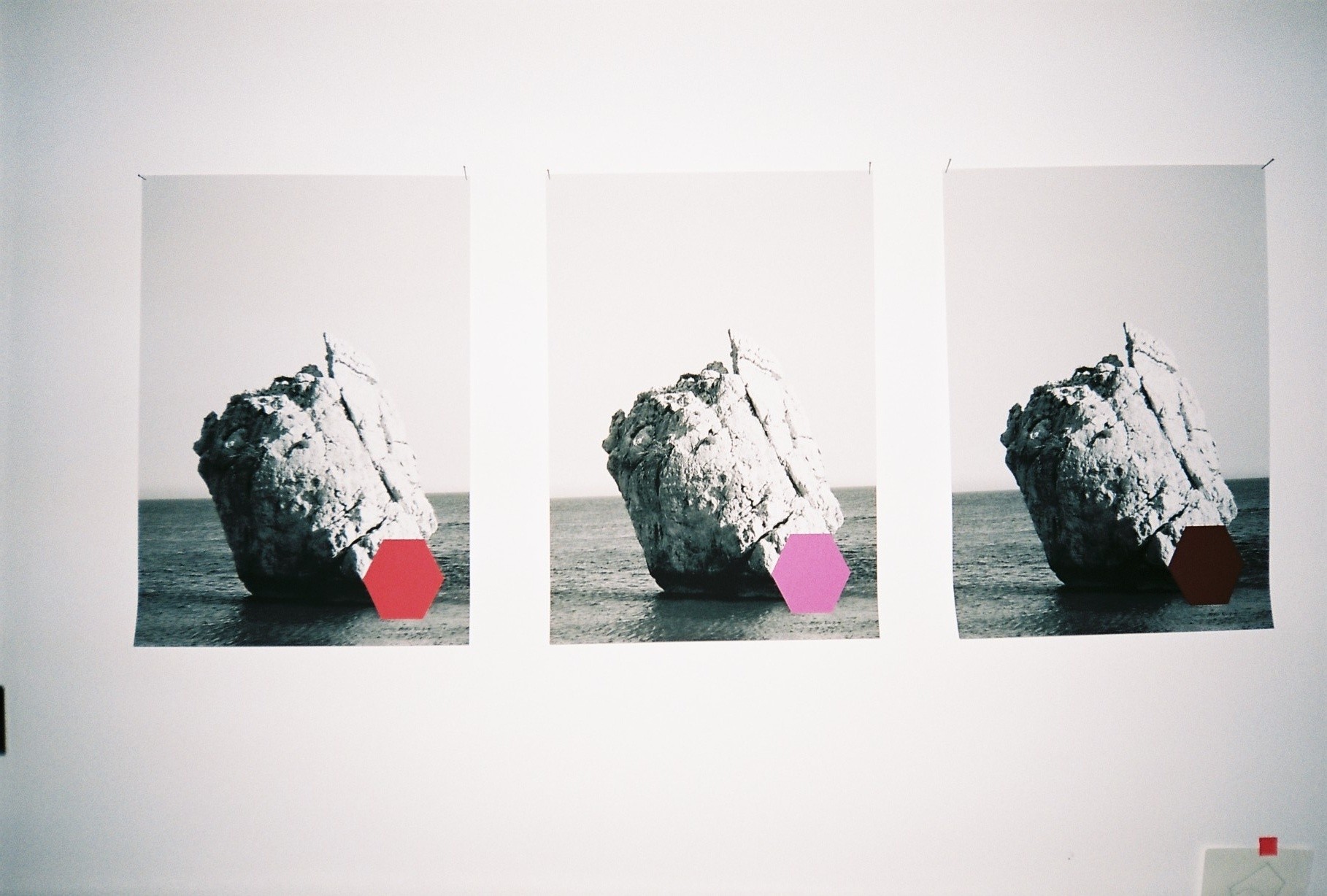







Elisions

Julia Crabtree and William Evans have a cat. The cat has to be watched when visitors come over, because he has been known to dribble into handbags. They also have a clump of pond weed growing on the windowsill in a large glass bottle, the type you might use to store homemade cider. There are cacti nestled above the radiator too, bulbous and hairy. And screened by the variegated leaves of a trailing plant are a set of vintage wine glasses, made with a mix of ordinary glass and uranium. Tinged faintly yellow in daylight, they give off a fluorescent glow under the beam of a UV torch –novelty items made valuable by radioactive decay.

Growth and decay, botany and glass-making, transformation and technology, the interactions between living things. These are all elements of Julia Crabtree and William Evans’ multifaceted collaborative practice. Primarily producing works that are rooted in sculpture, they have been working together for around 10 years, and they see their practice as an ongoing experiment in shared subjectivity.

To collaborate actively with another person is to recognise that all of our actions are in some way collaborative. The food we eat. The chemical composition of the air we breathe. The visible plants and animals we deliberately keep in our homes. The invisible microbes that come with them, that come with us. The behaviour of our neighbours, of our friends, of our partners (behaviour which is itself affected by their environment, their microbiome, their upbringing, their pets). All these elements affect the individual, inevitably leaving traces on the outcome of anything that individual produces.

In fact, the term ‘individual’ is problematic. As Donna Haraway remind us in her 2008 book When Species Meet, the tiny organisms that live inside us and on our skin are constantly with us, frequently influencing the very things we believe make us unique, make us ‘individual’: “I am vastly outnumbered by my tiny companions; better put, I become an adult human being in company with these tiny messmates. To be one is always to become with many.”
To be ‘one’, we find, is never to be ‘alone’. To be ‘two’, in the eyes of society, but to share an artwork credit, a website and an email address, is therefore to bring the shared subjectivity experienced by all human beings to the fore.


Julia Crabtree and William Evans bring this to life by introducing living elements into their sculptural installations. Some of their recent work has featured blown-glass vessels – often propped against a wall or hung from a rough rope, apparently precariously – puddled with water and pondweed. The plants respond to the conditions of the space in which they are displayed, picking up new microbial cultures, reacting to the amount and angle of the light. Agency for the work’s continuing existence is shared across this myriad of unidentified species – a subjectivity shared beyond the individual to the nth degree.

Visceral names like Clenched, Gullet, Swell, Tract and Seep elide verb and noun, action and object, pointing to functions of both body and landscape, and suggesting the fundamental inextricability of things – even when those things would usually fall into different categories according to traditional taxonomic systems.
Pond weed and uranium. Growth and decay. One and another. Body and environment. Not opposing but coming together. Interweaving, seeping, sharing. Elisions.
Julia Crabtree and William Evans are participating in the upcoming group show Rewind/Rewild at OmVed Gardens, 1-7 May 2019, curated by Anna Souter and Beatrice Searle. For more information, visit here.
01.05.19
Words by Anna Souter
Related
Journal

Amy Stephens
Journal

